| description |
A slender species that ranges from yellow, yellowish-green, and green in color, sometimes pale. The wings are concolorous with the body color, and the cells of the forewings are sometimes fuscous (see images above). The head is as wide as or slightly wider than the pronotum; the vertex is the same length in the middle as next to the eye. The female pregenital sternite is has a straight posterior margin. The male subgenital plates are triangular, with short finger-like projections that extend from the tapered apexes. Adult males are 2.9 to 3.6 mm long, females are 2.8 to 3.8 mm. Nymphs are a light brown color. (Knight, 1987)
For images of specimens of nymphs and adults, see: BOLD. For a couple diagrams of the genitalia, see: 3i. |
| plant associates |
Probably grasses; Knight (1987) reports the following host plants for this species from around the world, most from the Caribbean: Cynodon dactylon, Cyperus ferax, Daucus carota (carrot), Eriochloa subglabra, Ipomoea batatas (sweet potato), Oryza sativa (rice), Panicum barbinode, Saccharum sp. (sugar-cane) |
| comments |
NOTE: As of now, it is probably necessary to collect male specimens to confirm the identification of any specimens that may be this species. Balclutha is a very challenging genus to identify without male genitalia, with multiple species showing a high degree of color and pattern variation and similarity in head shape, size and female pregenital sternite shape. Blocker (1967) noted that this species was closely related to B. neglecta, and it also appears similar to B. rosea. Knight (1987) also notes that this species is easily confused with B. lucida, a species that is found in the Southeast but hasn't been recorded in the state yet.
Interestingly, there appears to be some taxonomic confusion with this species in the literature. In Blocker (1967), diagrams of male genitalia for B. hebe, a species that was later synonymized under B. rosea, match those of B. incisa in Knight (1987). To further complicate matters, Blocker also had diagrams [and info] for B. incisa that seem to better match B. rosea, a species that was not represented in his paper. Knight noted that B. incisa was initially referred to as B. hebe prior to Blocker's paper, later was synonymized under B. incisa after Blocker's paper, and then was determined [by Knight] to actually be a synoynm of B. rosea. Since the genitalia don't lie, it seems likely that Blocker mixed up some diagrams. As a result, Blocker's information and diagrams for B. incisa will be disregarded as of now, with Knight (1987) taking precedence, and his diagrams of both male and female genitalia of B. hebe will be attributed to B. incisa. |
Species Photo Gallery for Balclutha incisa No Common Name |
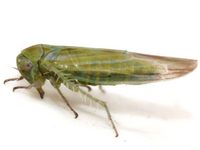 | Photo by: Kyle Kittelberger, Paul Scharf
Beaufort Co.
Comment: open, grassy habitat surrounded by pine and mixed hardwood forest; tentative | 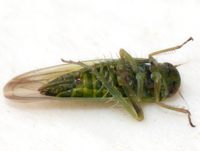 | Photo by: Kyle Kittelberger, Paul Scharf
Beaufort Co.
Comment: open, grassy habitat surrounded by pine and mixed hardwood forest |
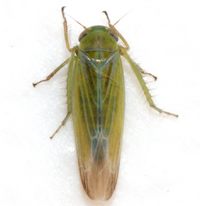 | Photo by: Kyle Kittelberger, Paul Scharf
Beaufort Co.
Comment: open, grassy habitat surrounded by pine and mixed hardwood forest | 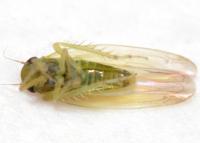 | Photo by: Kyle Kittelberger
Wake Co.
Comment: collected 2 individuals: male, 3.6 mm; female, |
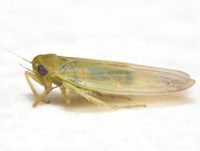 | Photo by: Kyle Kittelberger
Wake Co.
Comment: collected 2 individuals: male, 3.6 mm; female, | 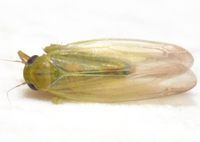 | Photo by: Kyle Kittelberger
Wake Co.
Comment: collected 2 individuals: male, 3.6 mm; female, |
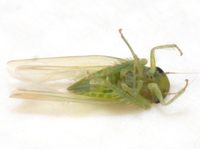 | Photo by: Kyle Kittelberger
Wake Co.
Comment: collected 2 individuals: male, 3.6 mm; female, 3.1 mm | 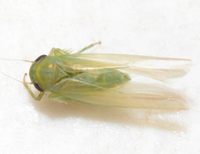 | Photo by: Kyle Kittelberger
Wake Co.
Comment: collected 2 individuals: male, 3.6 mm; female, 3.1 mm |
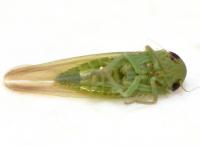 | Photo by: Kyle Kittelberger
Wake Co.
Comment: female, 3.5 mm; most likely this species | 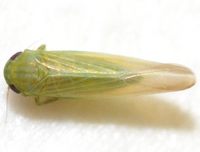 | Photo by: Kyle Kittelberger
Wake Co.
Comment: female, 3.5 mm |
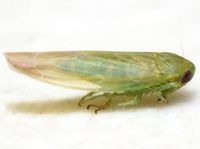 | Photo by: Kyle Kittelberger
Wake Co.
Comment: female, 3.5 mm | 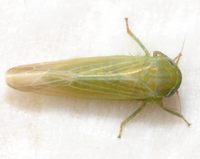 | Photo by: Kyle Kittelberger
Wake Co.
Comment: mixed hardwood forest; female, 3.2 mm |
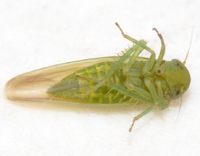 | Photo by: Kyle Kittelberger
Wake Co.
Comment: mixed hardwood forest; most likely this species | 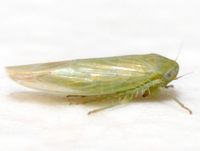 | Photo by: Kyle Kittelberger
Wake Co.
Comment: mixed hardwood forest; female, 3.2 mm |
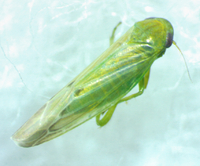 | Photo by: Ken Kneidel
Mecklenburg Co.
Comment: 3.3 mm male came to UV light at night | 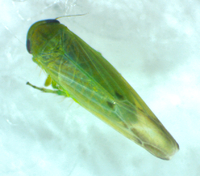 | Photo by: Ken Kneidel
Mecklenburg Co.
Comment: 3.3 mm male came to UV light at night |
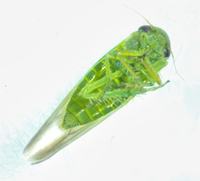 | Photo by: Ken Kneidel
Mecklenburg Co.
Comment: 3.3 mm male came to UV light at night | 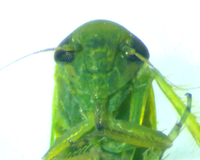 | Photo by: Ken Kneidel
Mecklenburg Co.
Comment: 3.3 mm male came to UV light at night |
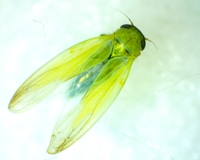 | Photo by: Ken Kneidel
Mecklenburg Co.
Comment: in forest leaf litter | 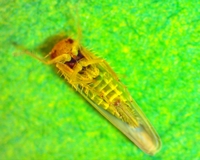 | Photo by: Ken Kneidel
Mecklenburg Co.
Comment: in forest leaf litter |
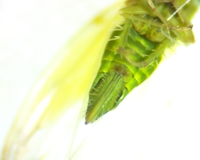 | Photo by: Ken Kneidel
Mecklenburg Co.
Comment: in forest leaf litter | 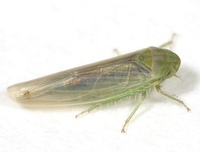 | Photo by: Rob Van Epps
Mecklenburg Co.
Comment: Caught sweeping. |
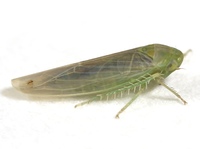 | Photo by: Rob Van Epps
Mecklenburg Co.
Comment: Caught sweeping. | 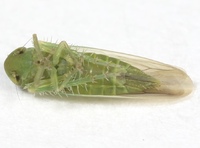 | Photo by: Rob Van Epps
Mecklenburg Co.
Comment: Caught sweeping. |
|

 »
»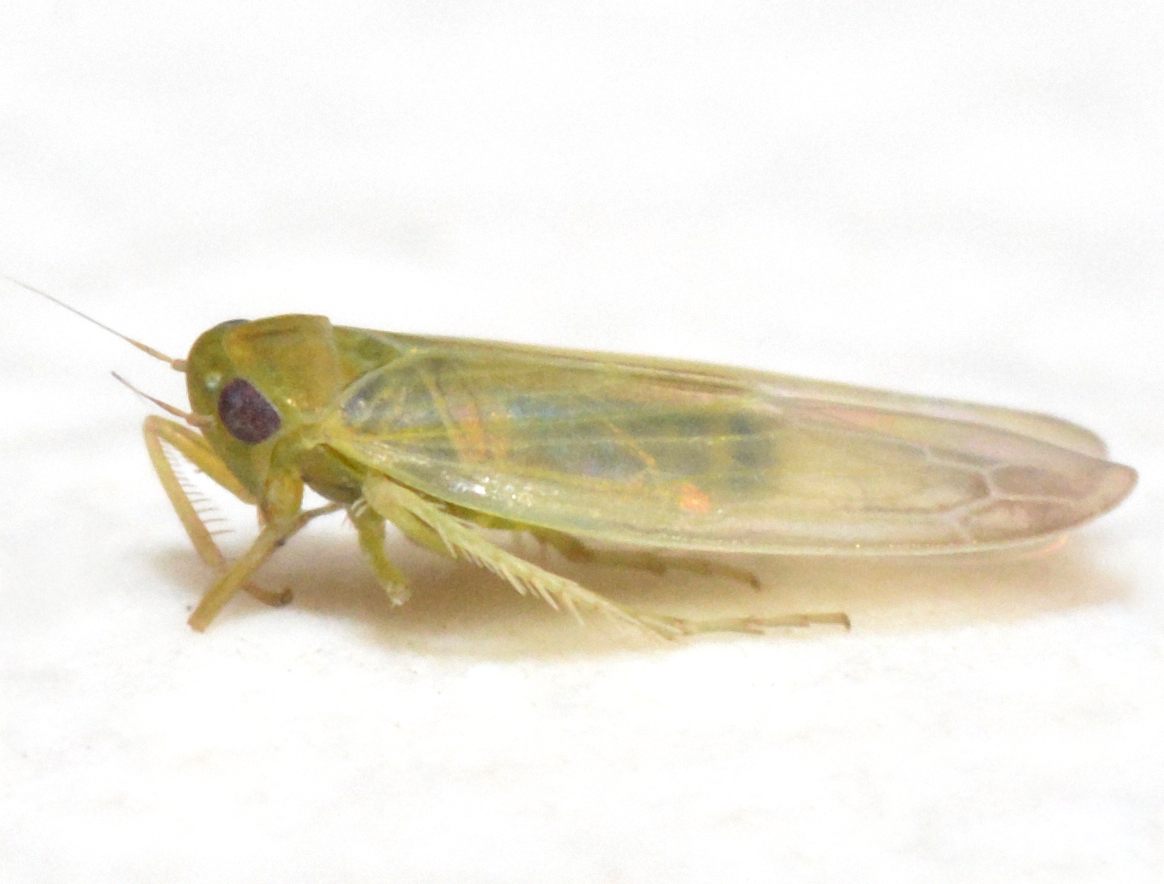
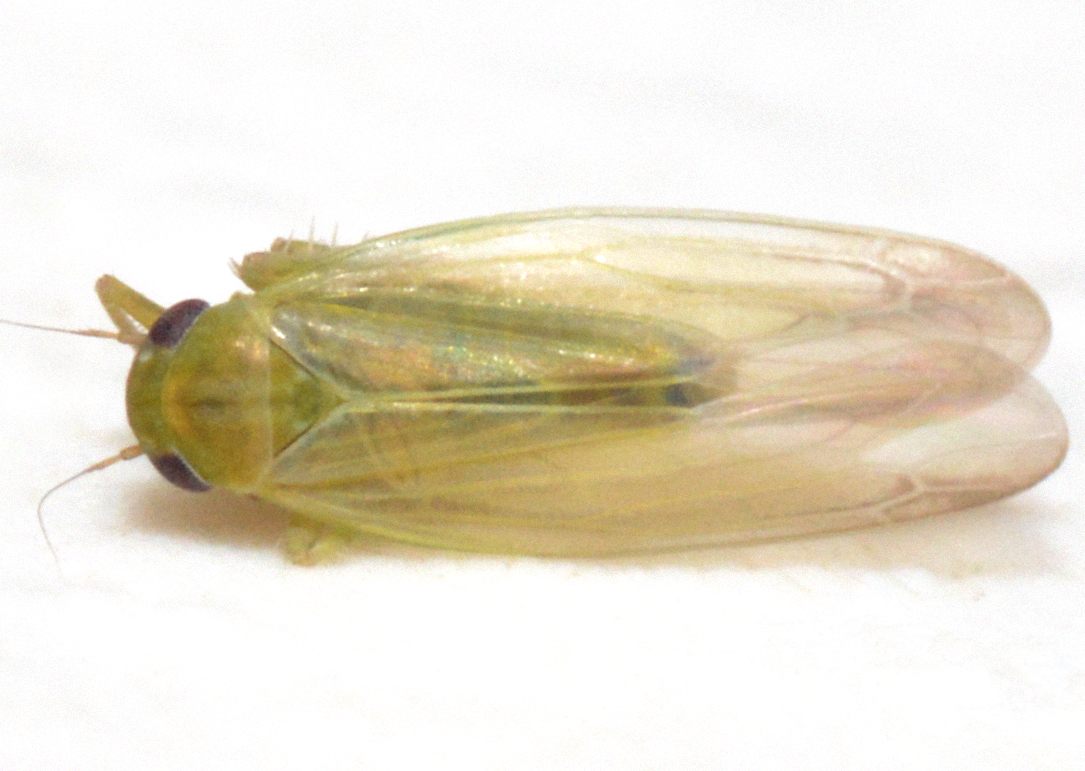
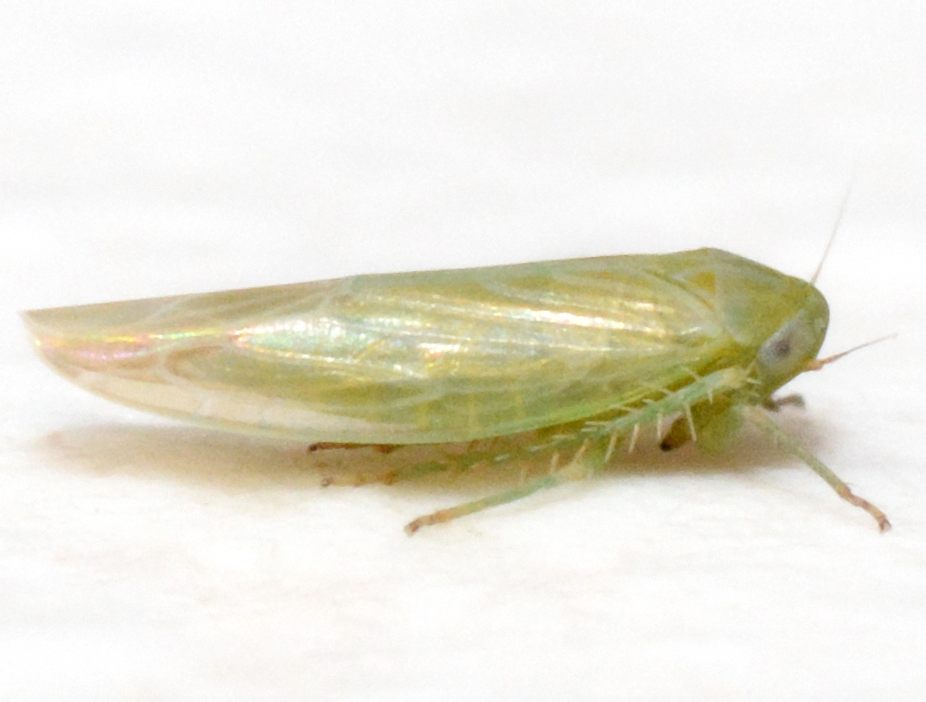
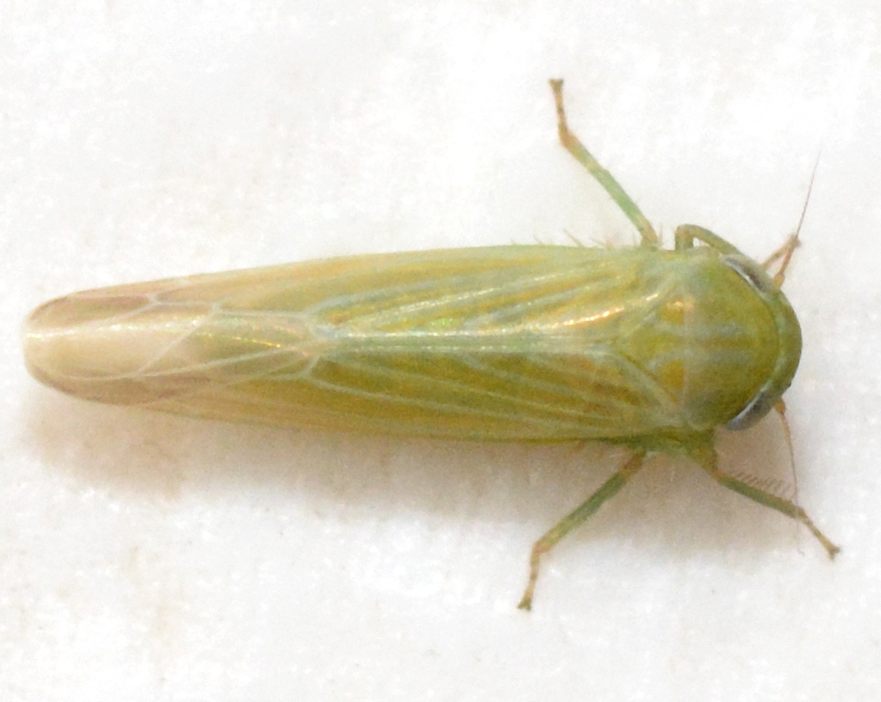

 »
»


